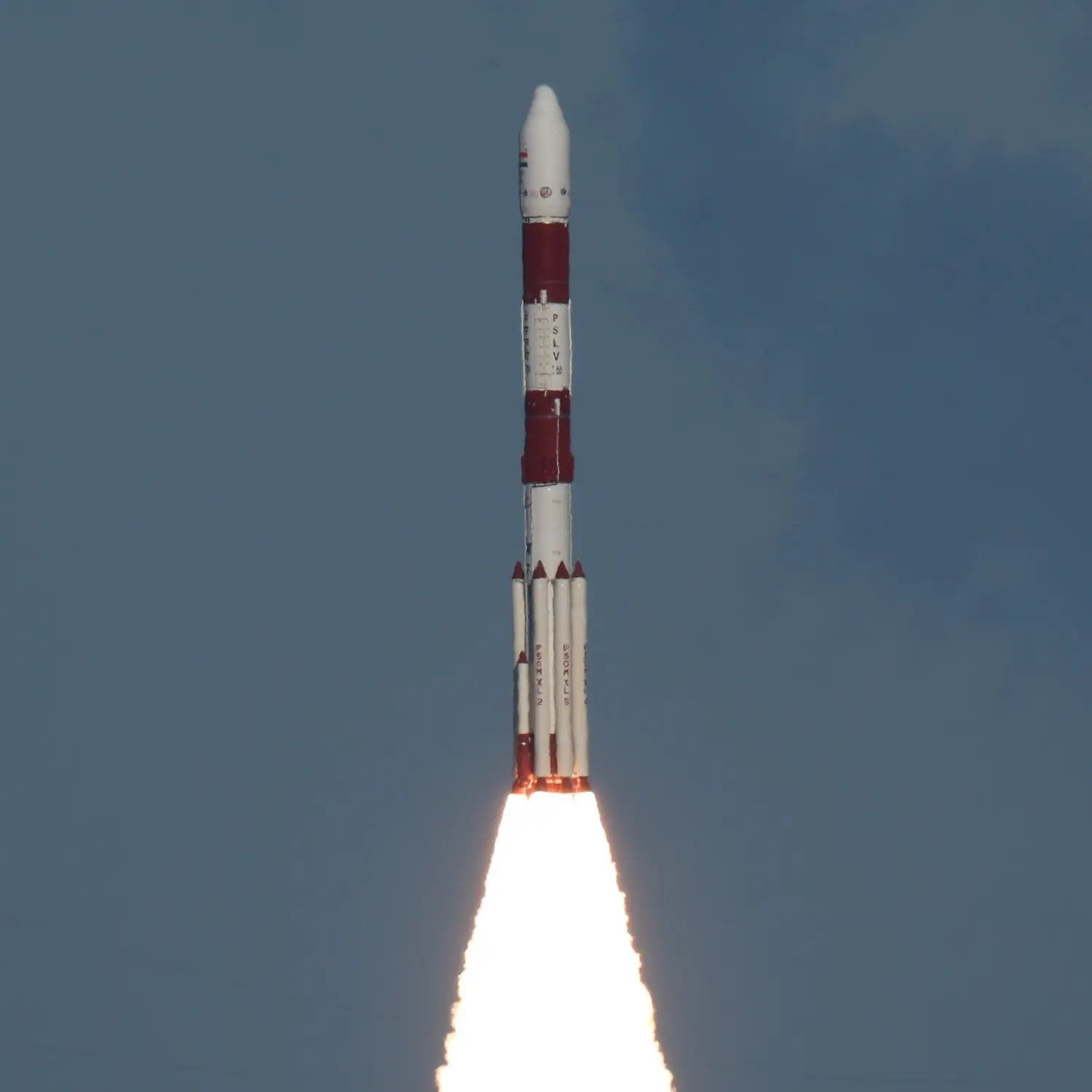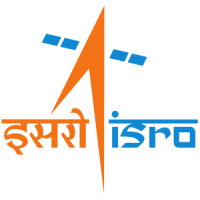/
Astrosat & Rideshares
Launch Success
Liftoff Time (GMT)
04:30:00
Monday September 28, 2015
Mission Details
Launch Notes
Launch of India's first dedicated multi-wavelength space observatory and ISRO's first launch of US satellites.
LAPAN-A2
The mission for LAPAN-A2 or LAPAN-ORARI is Earth observation using RGB camera, maritime traffic monitoring using an automatic identification system (AIS) which can know about name and flag of the ship registered, ship type, physical and tonnage of the ship, correct and current route, departure and arrival port, and amateur radio communication (text and voice; ORARI is Indonesian Amateur Radio Organization).
Low Earth Orbit
1 Payload
68 kilograms
exactView 9
exactView 9 (EV 9) will form part of the exactEarth (COM DEV) AIS constellation to monitor ship movements through busy shipping channels and harbours and to provide information on global shipping movements.
Sun-Synchronous Orbit
1 Payload
6 kilograms
Astrosat
Astrosat is India's first dedicated multi-wavelength space telescope. A number of astronomy research institutions in India, and abroad have jointly built instruments for the satellite. Important areas requiring coverage include studies of astrophysical objects ranging from nearby solar system objects to distant stars and objects at cosmological distances; timing studies of variables ranging from pulsations of hot white dwarfs to those of active galactic nuclei can be conducted with Astrosat as well, with time scales ranging from milliseconds to days. Astrosat is a multi-wavelength astronomy mission on an IRS-class satellite into a near-Earth, equatorial orbit. The five instruments on board cover the visible (320–530 nm), near UV (180–300 nm), far UV (130–180 nm), soft X-ray (0.3–8 keV and 2–10 keV) and hard X-ray (3–80 keV and 10–150 keV) regions of the electromagnetic spectrum.
Low Earth Orbit
1 Payload
1,513 kilograms
Launch Site
Stats
PSLV
31st
Mission
3rd
Mission of 2015
Indian Space Research Organisation
49th
Mission
4th
Mission of 2015
2015
55th
Orbital launch attempt

